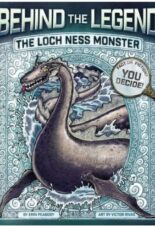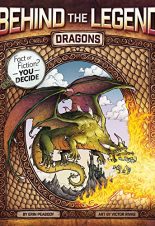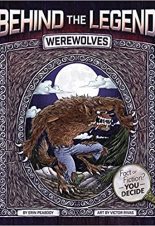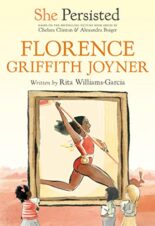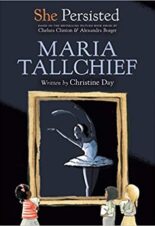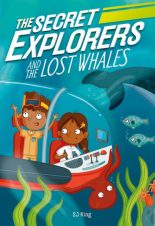
Buy This Book
“I should prefer to be right entirely alone than to be wrong. . . with all the rest of the world,” Ambrose Paré, a French doctor. –Unicorns
Behind the Legend: Unicorns
by Erin Peabody
Good for Reluctant Readers
8+
Score
4.1
127
Are elegant, elusive unicorns real, or just a myth? Behind the Legend looks at creatures and monsters throughout history and analyzes them through a scientific, myth-busting lens, debating whether or not the sightings and evidence provided are adequate proof of their existence.
In Unicorns, readers learn about all the sightings and “proof” of unicorns, from stories in history of people like Julius Caesar and Marco Polo who sought unicorns to why they were hunted so fiercely. This book also discusses additional history about the creatures, such as why their horns were so valued in medieval times, their presence in pop culture, and peoples’ ongoing search for unicorns in modern times.
Even though Unicorns is non-fiction, it is filled with many interesting stories explaining how different myths of unicorns started. The book begins in ancient times and goes in chronological order to modern day. Using factual stories, Peabody explains different cultures’ legends including Persia, Greece, China, and Europe.
Unicorn is incredibly engaging and will appeal to even the most reluctant readers. The oversized text and short passages are easy to read. Plus, large black-and-white illustrations appear on almost every page, and they show the reader different drawings of unicorns that appeared in books through the ages. Plus, the illustrations include pictures of some of the historical figures who believed in unicorns.
Peabody explains the reasons that legends of unicorns persisted throughout ancient times. One reason is that “long ago, the idea of investigating a claim or conducting independent research did not exist.” While the book’s cover says, “fact or fiction, you decide,” the book says that today most people believe that unicorns do not exist. Instead, “You may be bummed to learn that many ancient ‘unicorns’ were likely just rhinos, oryx, and narwhals in disguise.” Despite this, readers will be eager to read Unicorns and the book encourages readers to find out more about unicorns by giving a list of more books about unicorns.
Sexual Content
- None
Violence
- An ancient Greek scholar helped the king. “When Artaxerxes II’s power-hungry brother Cyrus attacked the king with a javelin and nearly killed him, Ctesias rushed in and successfully treated the Persian leader, thus saving the day.”
- In the early seventeenth century, Giulia Tofana was an “infamous poison peddler.” She sold poison to women “so if they felt trapped in an unhappy marriage—or worse, were being abused, or hurt, by their husbands—they might have gone to Tofana to plan an escape.” Tofana may have caused an estimated six hundred deaths and she “was eventually put to death herself.”
Drugs and Alcohol
- People used to believe a unicorn horn had healing properties. “According to one medieval physician, a horn was an effective treatment ‘for all poisons, for fevers, for bites of mad dogs and scorpions, for falling sickness, worms, fluxes, loss of memory, the plague, and prolongation of youth.’”
- A physician experimented on two cats. The physician gave both cats poison. “Sadly, the kittens died, but there were some positive outcomes. Starting in the 1600s, educated people began to realize that expensive horns didn’t have medicinal values.”
Language
- Early scrolls call unicorns “wild asses” and the book refers to unicorns this way a few times.
Supernatural
- Bones were used to make dice. “Fortune-tellers and vision seekers also consulted early dice to “read the future and make tough decisions.”
- In Japan and China, unicorns were “considered sacred. Even a fleeting glimpse of the stunning creature was thought to bring good fortune.”
Spiritual Content
- The Bible mentions unicorns. “The animal doesn’t conduct any miracles, nor does it fly across the heavens wearing a radiant halo. No, the Bible’s unicorn is a very normal, no-big-deal kind of animal. . . If we believe one version of a famous Bible tale, the unicorn also had a reputation for getting a little rowdy.”
- A “funny Hebrew folktale” talks about Noah’s Ark. When Noah was leading the animals into the arc, the unicorns “refused to listen to Noah. . .. The impertinent horsies try Noah’s patience. With the rains coming and no time to spare, Noah pulls up the plank and closes the arc’s door.”
- The book explains how different texts describe unicorns. “As for the Bible, many, many writers contributed to the ancient book. The texts of the Old Testament, in which unicorns appear, were originally written in Hebrew, then translated into Greek, then Latin, then into English. Is it possible a language error occurred?”
“I should prefer to be right entirely alone than to be wrong. . . with all the rest of the world,” Ambrose Paré, a French doctor. –Unicorns
Latest Reviews
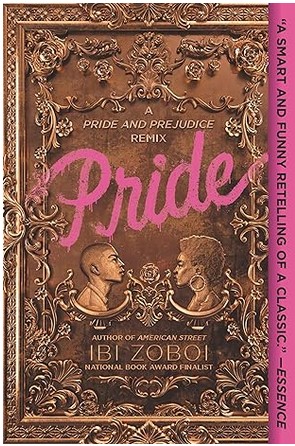
Pride: A Pride & Prejudice Remix

Thieves’ Gambit #1
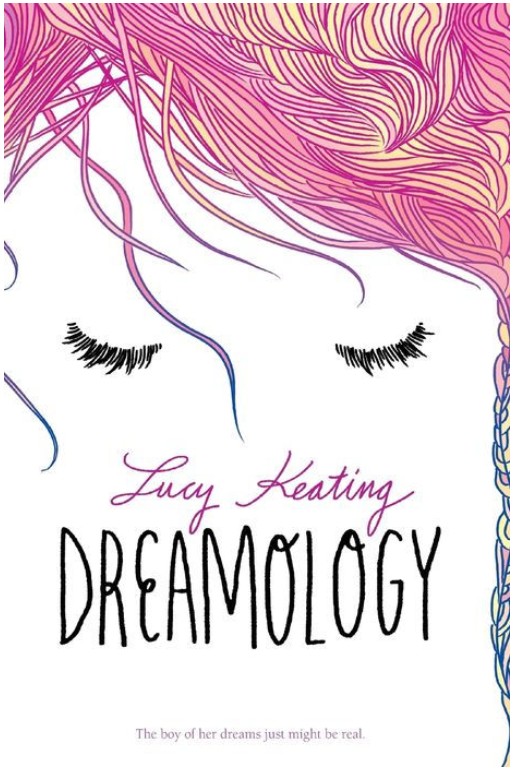
Dreamology
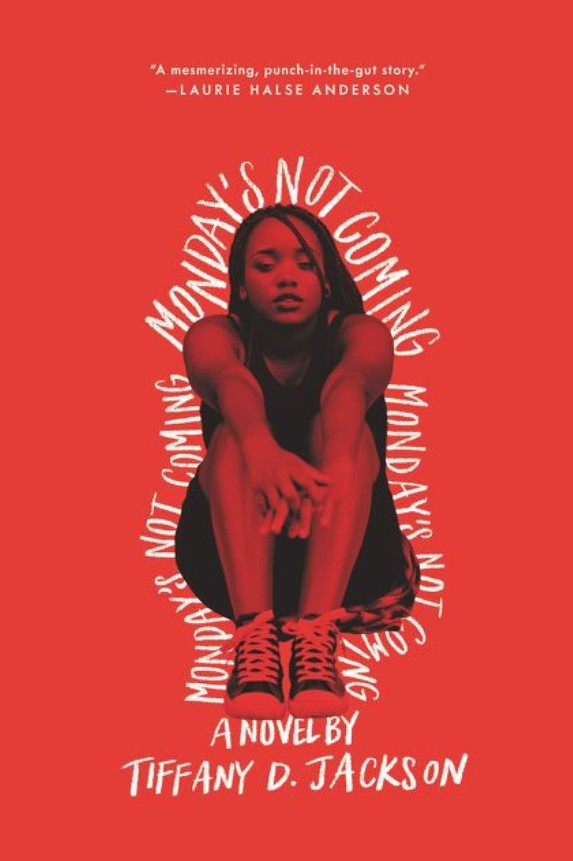
Monday’s Not Coming
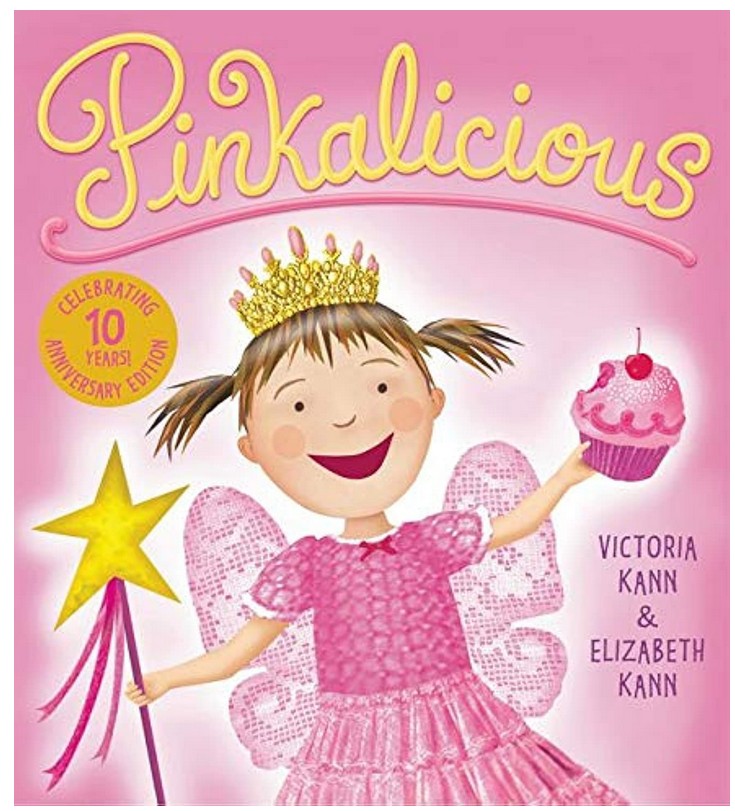
Pinkalicious

Driven

Goodbye Days

Blood of Troy

Will’s Race for Home

